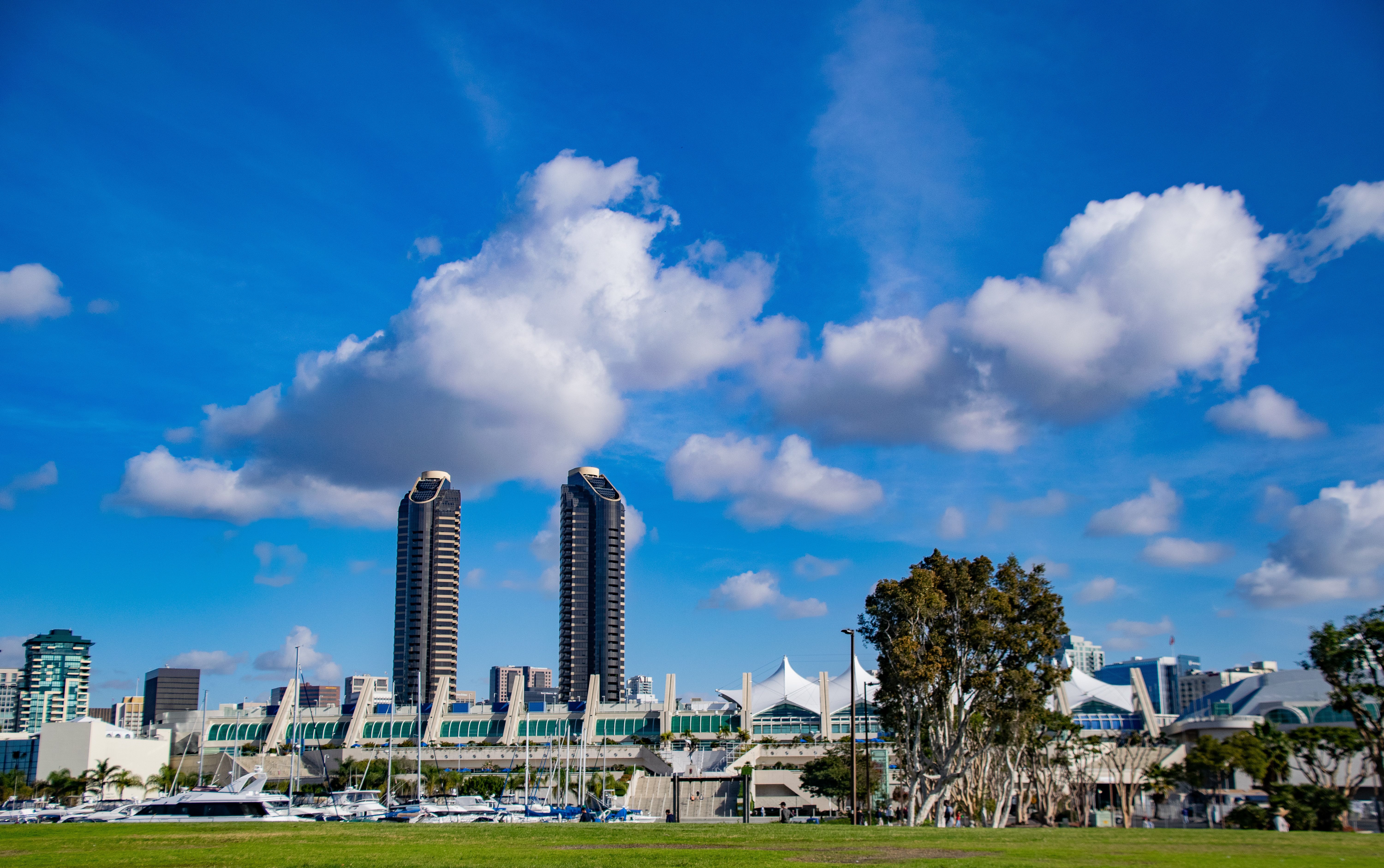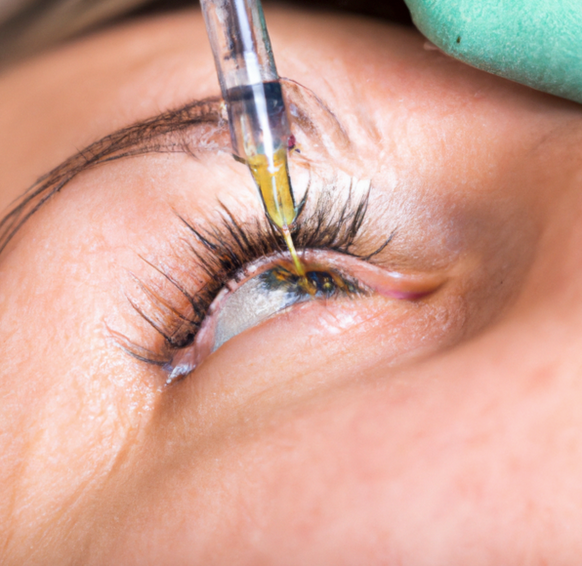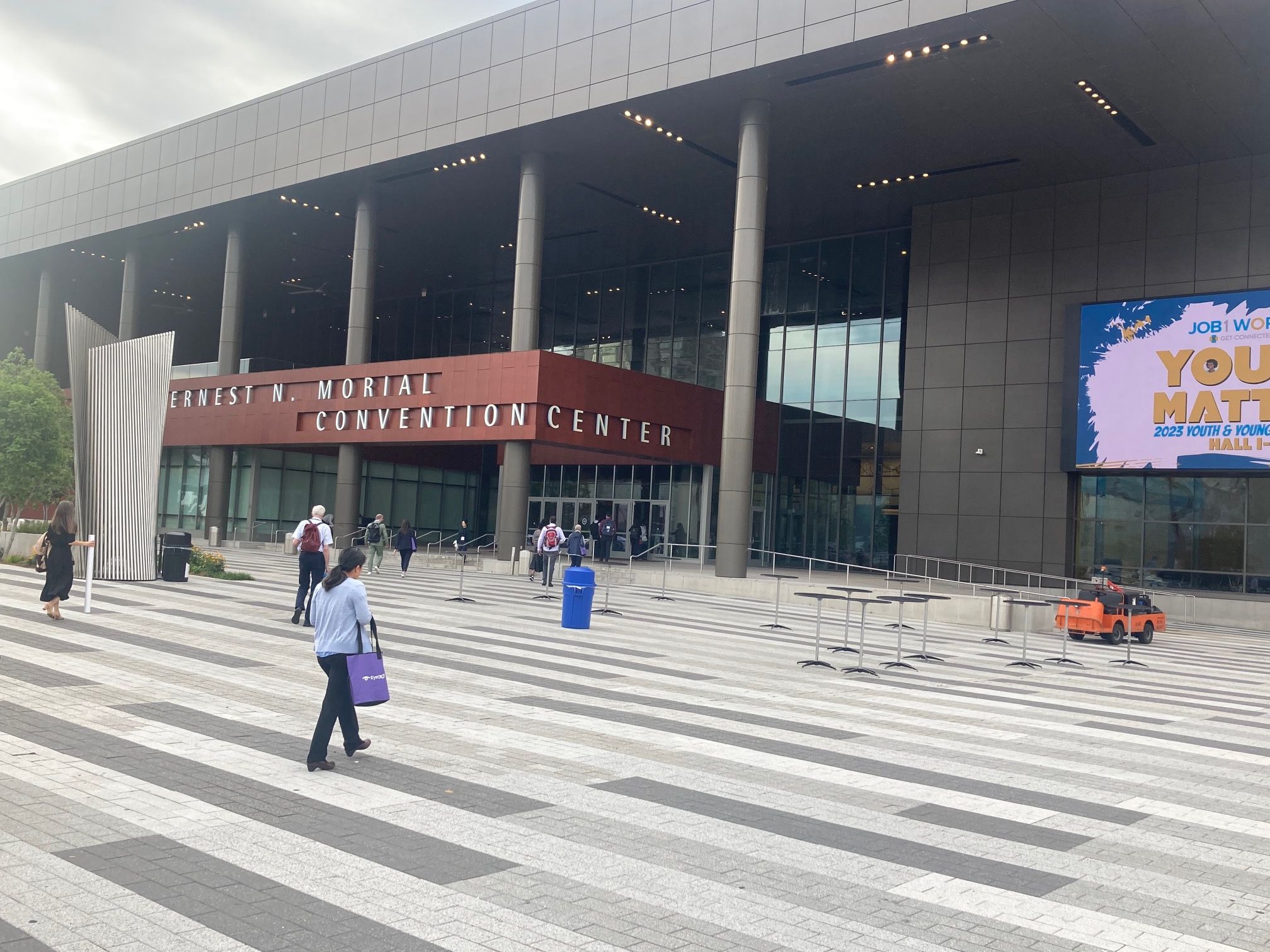Article
Ranibizumab-nuna biosimilar receives FDA approval
Author(s):
According to Samsung Bioepis and Biogen, ranibizumab-nuna becomes the first ophthalmology biosimilar to gain FDA approval in the United States.
Samsung Bioepis Co. Ltd. and Biogen Inc. have announced that the FDA has approved ranibizumab-nuna for use in the United States. (Image courtesy of Adobe Stock)

Samsung Bioepis Co. Ltd. and Biogen Inc. have announced that the FDA has approved ranibizumab-nuna (BYOOVIZ), a biosimilar referencing ranibizumab (LUCENTIS)i, for the treatment of neovascular (wet) age-related macular degeneration (AMD), macular edema following retinal vein occlusion (RVO), and myopic choroidal neovascularization (mCNV).
Ranibizumab is an anti-vascular endothelial growth factor (VEGF) therapy that prevents vision loss in patients with retinal vascular disorders which can cause irreversible blindness or visual impairments in adults in the United States.1, 2, 3, 4
Ranibizumab-nuna touted as 'first'
According to the companies, ranibizumab-nuna is the first ophthalmology biosimilar approved in the United States. Biosimilars are products that have been demonstrated to be similar in efficacy and safety to the originator’s reference product, with the advantage that they offer cost savings and promote sustainable access to therapies.5,6 Savings in the United States over the next five years from 2020 to 2024 as a result of biosimilars are projected to exceed $100 billion.7
"In the United States, approximately 11 million people are affected with AMD and the prevalence of advanced AMD is growing due to the aging population. The approval of the first ranibizumab biosimilar in the US is a monumental milestone for people living with retinal vascular disorders in the US," Kyung-Ah Kim, senior vice president and development division leader, at Samsung Bioepis, said in a statement. “The approval of BYOOVIZ underscores our continued commitment to providing valuable treatment options for people who do not have access to life-enhancing biologic medicines around the world.”
Ranibizumab-nuna opens new chapter
According to Ian Henshaw, senior vice president and global head of Biosimilars at Biogen, the company is looking forward to opening a new chapter with the approval of ranibizumab-nuna in the US.
“This approval represents a great step toward the advancement of a new therapeutic option addressing debilitating disease progression of patients with retinal vascular disorders in the US,” he said in a statement. “Biosimilars could help broaden patient access to more affordable treatments and generate healthcare savings to offset rising costs of these complex diseases while ensuring sustainability of healthcare systems.”
In addition to the US approval, ranibizumab-nuna was approved in Europe, including 27 European Union (EU) member countries on August 18, 2021, and the United Kingdom on August 31, 2021.
Samsung Bioepis and Biogen entered into a commercialization agreement for two ophthalmology biosimilar candidates, SB11, a biosimilar candidate referencing ranibizumab and SB15, a biosimilar candidate referencing aflibercept (Eylea), in November 2019. Developed by Samsung Bioepis, SB11 will be commercialized under the brand name BYOOVIZ by Biogen in the United States. Pursuant to a global license agreement entered into with Genentech, Samsung Bioepis and Biogen will have freedom to market SB11 in the United States as of June 2022, i.e., before expiration of Genentech’s applicable SPCs, and elsewhere in other territories after expiration of Genentech’s SPCs.
FDA approval
The FDA approval of ranibizumab-nuna was based on a totality of evidence including analytical, non-clinical data, and clinical data. In a randomized, double-masked, parallel group, multicenter Phase 3 study of SB11, the efficacy, safety, pharmacokinetics, and immunogenicity of SB11 was compared to reference ranibizumab in patients with wet AMD. 705 patients were randomized (1:1) to receive SB11 or reference ranibizumab in monthly injections (0.5 mg), and 634 patients continued to receive treatment up to week 48. The Least Squares (LS) mean change in best corrected visual acuity (BCVA) from baseline at week 52 was 9.79 letters for SB11, compared with 10.41 letters for reference ranibizumab (difference: -0.62, [90% CI: -2.092, 0.857]).
The LS mean change in central subfield thickness (CST) was −139.55 μm for SB11 vs −124.46 μm for reference ranibizumab (difference: -15.09, [95% CI, -25.617, -4.563]). PK, safety including incidence of treatment-emergent adverse events, and the immunogenicity profile of SB11 and reference ranibizumab were comparable at all timepoints up to week 52.
---
References
1. Spitzer MS, Ziemssen F, Bartz-Schmidt KU, Gelisken F, Szurman P. Treatment of age-related macular degeneration: focus on ranibizumab. Clin Ophthalmol. 2008;2(1):1-14. doi:10.2147/opth.s1959
2. “What Is Macular Degeneration?” American Academy of Ophthalmology website. Jan 26, 2021. Available at: https://www.aao.org/eye-health/diseases/amd-macular-degeneration. Accessed July 2021.
3. “Untangling Retinal Vein Occlusion” EyeNet Magazine, November 2013. Available at: https://www.aao.org/eyenet/article/untangling-retinal-vein-occlusion. Accessed July 2021.
4. “Myopic Choroidal Neovascularization.” Ophthalmic Pearls, vol. March 2020. Available at: https://www.aao.org/eyenet/article/myopic-choroidal-neovascularization. Accessed July 2021.
5. “Biosimilar and Interchangeable Products.” U.S. Food and Drug Administration website. Oct 23, 2017. Available at: https://www.fda.gov/drugs/biosimilars/biosimilar-and-interchangeable-products. Accessed September 2021.
v6. IQVIA Institute for Human Data Science. Biosimilars in the United States 2020–2024 Competition, Savings, and Sustainability Institute Report, Sep 29, 2020. Available at: https://www.iqvia.com/insights/the-iqvia-institute/reports/biosimilars-in-the-united-states-2020-2024. Accessed September 2021.
i7. “Blindness Due to Age-Related Macular Degeneration Should Not be Considered an Inevitability” [News Release]. American Academy of Ophthalmology. Feb 06, 2014. Available at: https://www.aao.org/newsroom/news-releases/detail/blindness-due-to-agerelated-macular-degeneration-s. Accessed July 2021.
Newsletter
Don’t miss out—get Ophthalmology Times updates on the latest clinical advancements and expert interviews, straight to your inbox.





